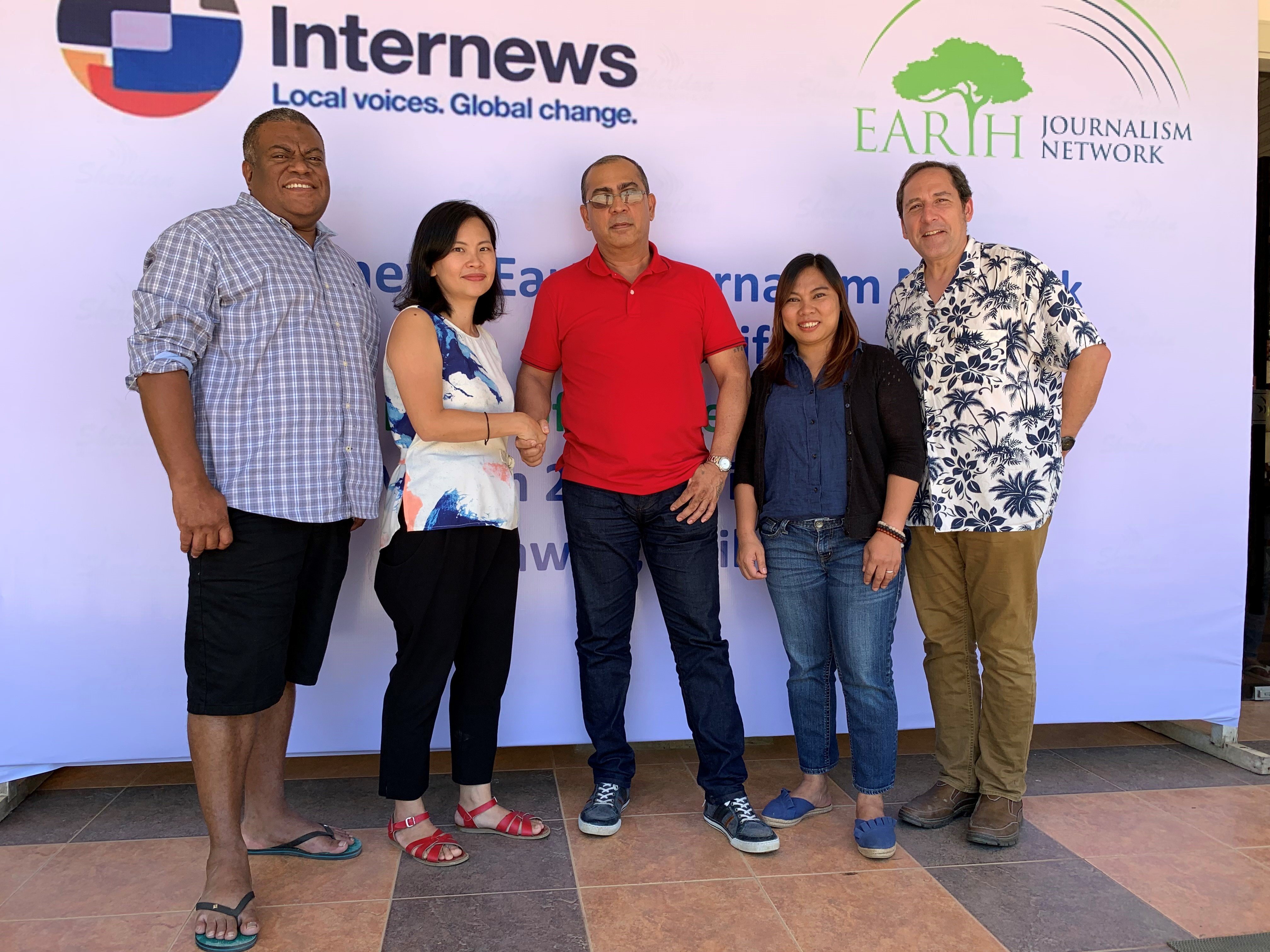At the end of the first week of negotiations on a new global legal instrument to oversee the conservation and sustainable use of marine biodiversity in areas beyond national jurisdiction (BBNJ), there appears to be a number of issues that continue to divide than unite negotiators in New York.
One of the sticking points of the negotiations is access to marine genetic resources (MGR) and benefit sharing.
In her summary of the informal working group on MGR, Janine Coye-Felson from Belize admitted to differing views on access, including its definition, with some Parties preferring not to define access at all while on regulation modalities, some delegates favoured free and unimpeded access, subject to prior notification, or subject to a licensing system.
On benefit-sharing, Coye-Felson said opinions differed on, among others: the qualifiers of benefit-sharing; activities triggering benefit-sharing; and its voluntary or mandatory nature.
At the end of week one, some observers are already predicting the negotiated draft text at the end of the week will not be pleasing for all Parties.
Kiribati’s Permanent Representative to the United Nations, Ambassador Teburoro Tito is following with keen interest the discussion on marine genetic resources – which is creating more disagreements in the negotiations.
“I can see that the negotiations is focusing more on marine genetic resources, which to my understanding deals with the wealth and resource that is probably bigger than tuna resource in our region. The little animals and organisms with molecular structure which are very powerful can be turned to pharmaceutical industry products.
“The proposed BBNJ treaty is very general and vague but when you go into the negotiations and read the articles in the treaty and you see that when they define marine genetic resource, they no longer define tuna. This treaty is talking about the living organisms floating and thriving in the ocean, said Ambassador Tito.
Discussions in an open informal working group on MGRs on the objectives and scope related to MGRs included considerations on whether or not to include fish, digital sequencing information, and derivatives in the new High Seas treaty.
Delegates were unable to bridge the gaps on the scope of the instrument; whether benefit-sharing would be carried on a monetary or non-monetary basis; and the overarching principles governing the future international legally binding instrument, in particular the common heritage of humankind and the freedom of the high seas, according to the Earth Negotiations Bulletin, tracking the BBNJ IGC 3 negotiations here in New York.
One of the Pacific experts on Marine Genetic Resources, providing guidance and advice during the negotiations, Dr Katy Soapi from the University of the South Pacific, told PACNEWS MGRs continues to be a hotly debated issue in the negotiations.
“With marine genetic resources, a lot of it has potential value. You don’t know its economic value until you’ve harvested them and worked on them to see if there is a potential for economic value and possibility of doing further research to realise these benefits.
“With marine genetic resources, it’s very hard to put a dollar value until you know what’s there. It’s even worse in this case because we are looking at areas beyond national jurisdictions, an area way past our 200 mile exclusive economic zone (EEZ). People are saying its freedom of the high seas and other argue that it is common heritage for mankind. It’s still very much debated now, said Dr Soapi.
Dr Soapi said the Pacific lacks the capacity to undertake research on marine genetic materials in the high seas.
“We can only do preliminary work to identify which marine organism has potentially have high value because we do bio-activity testing – to test whether an organism has chemicals that may be can cure cancer or could have anti-bacterial properties. We can do preliminary assessment like that but beyond that, it’s very hard to collect organisms and test it and say this is a compound that has this much value and put dollar value to it. A lot of times, most of the material would have left our hands and gone to bigger groupings like pharmaceuticals or universities for further research.
“We need to build the capacity of our own people. If we build enough capacity we can do some of the work but to take it further down the line where you can actually say millions can be made from a genetic material, this is still 20 years down the line. This is where we can collaborate with pharmaceutical company or a big medical facility that can do that kind of research for us.
For us in the Pacific, it’s important to be able to protect those resources even if we do not know the value of it, said Dr Soapi.
Dr Soapi is Manager of the Pacific Natural products Research Centre at the University of the Pacific and is part of a group of experts supported by the Pacific Ocean Alliance and the Office of the Pacific Ocean Commissioner (OPOC) to provide technical and legal advice to Pacific negotiators at the BBNJ IGC 3 this week.
source: PACNEWS




